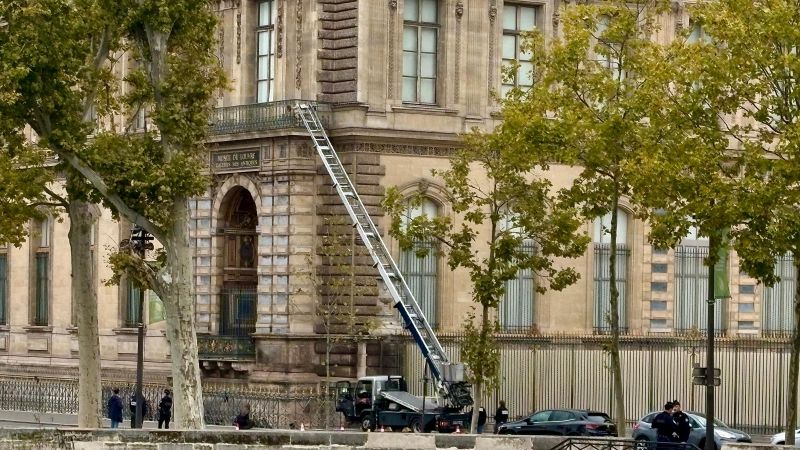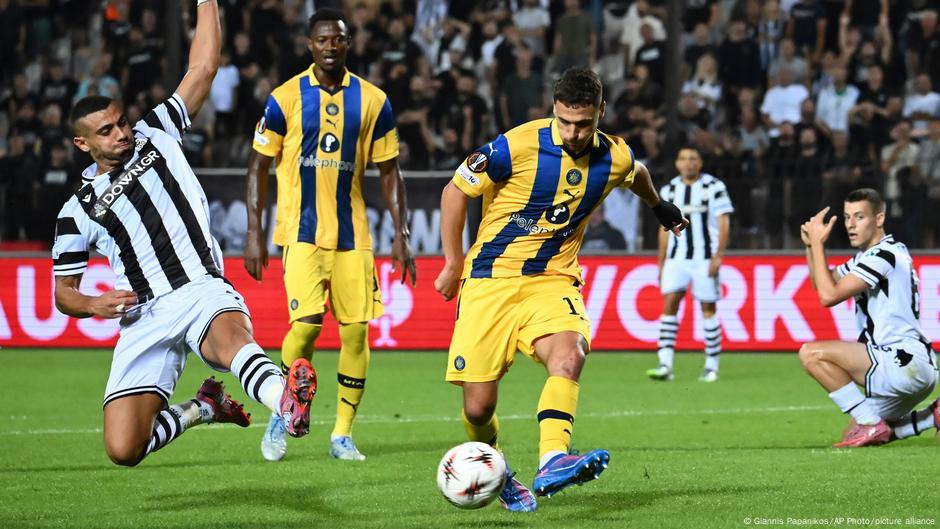Louvre Security Lapses Revealed: Heist Sparks Museum Security Overhaul

Louvre Security Lapses Revealed
The Louvre’s director recently disclosed a critical security gap after thieves accessed the museum via a second-floor balcony, an area lacking surveillance cameras. This breach allowed the robbers to steal historic jewels valued at over €88 million in mere minutes, sparking widespread concern about museum security protocols.
Details of the Heist and Aftermath
During a French Senate committee hearing, the director acknowledged that the absence of camera coverage on the exterior walls was a significant oversight. Notably, a diamond- and emerald-studded crown dropped during the theft, though restoration efforts are underway. The swift and bold nature of the heist has alarmed security experts and the public alike.
Implications for Museum Security
This incident has reignited debates on the adequacy of protection measures at prominent cultural institutions. The Louvre is now under pressure to enhance surveillance and fortify vulnerable access points to prevent future attacks on priceless artifacts that symbolize national heritage.
About the Organizations Mentioned
Louvre Museum
The Louvre Museum, located in Paris, France, is one of the world's most renowned and largest art museums. It serves as a cultural institution, showcasing a vast collection of artworks and artifacts from around the globe, spanning nearly two millennia. The museum's history is deeply intertwined with the French monarchy, beginning as a fortress in the 12th century and later transformed into a royal palace by Francis I in the 16th century[3]. Over the centuries, the Louvre underwent significant transformations. In 1682, Louis XIV moved the royal residence to Versailles, leaving the Louvre to fall into disrepair until it was repurposed as a public museum during the French Revolution in 1793[2][3]. Under Napoleon, the museum expanded its collection through wartime acquisitions, though many pieces were later returned[1][7]. The museum continued to grow, with significant additions during the Second French Empire and through donations and bequests since the Third Republic[1]. Today, the Louvre features over 500,000 objects, with about 35,000 works displayed across eight departments, including Egyptian Antiquities, Islamic Art, and Paintings[1]. It attracts millions of visitors annually, making it the most visited museum globally[1][3]. The museum's current status as a cultural icon is underscored by its extensive collection and its role in promoting art education and preservation. Notable aspects of the Louvre include its stunning architecture, such as the iconic glass pyramid, and the presence of some of the world's most famous artworks, like the Mona Lisa[4]. The museum's technological advancements and digital initiatives have also enhanced visitor experiences, making it a leader in the intersection of art and technology. Despite its historical roots, the Louvre remains a vibrant and evolving institution, engaging with contemporary art and culture while preserving its rich heritage.
French Senate
## Overview and Role The French Senate (Sénat) is the upper house of France’s bicameral Parliament, sharing legislative power with the National Assembly (Assemblée nationale)[1][7]. It consists of 348 senators, elected for six-year terms through indirect universal suffrage, with half the seats renewed every three years[3][4]. Unlike the National Assembly, whose members are directly elected, senators are chosen by a college of local elected officials—mainly municipal councillors—giving the Senate a distinctive role as the representative of local and regional interests within the national legislative process[1][5]. ## Functions and Powers The Senate’s primary responsibilities include examining and voting on laws proposed by the government or parliamentarians, amending legislation, and scrutinizing the actions of the government[6][8]. It also has the authority to initiate constitutional amendments and must approve any changes to the constitution[6]. In the event of a disagreement between the two houses, the National Assembly ultimately has the final say on legislation, but the Senate’s review ensures a more deliberative and experienced perspective on proposed laws[1][3]. Additionally, the Senate plays a unique constitutional role: its president stands next in line to assume the duties of the President of the Republic should the office become vacant, underlining the Senate’s institutional importance[1]. ## History and Evolution The Senate traces its origins to the early years of the French Republic, but its current form was established by the Constitution of the Fifth Republic in 1958[2]. Over time, the Senate’s role has evolved, particularly with constitutional reforms in 2008 that sought to rebalance power between the executive and legislative branches[2]. Historically, the Senate has been a bastion of conservative and centrist politics, though its composition reflects the diversity of France’s political landscape, including representation for overseas territories and French citizens living abroad[4]. ## Key Achievements and Current Status One of the Senate








